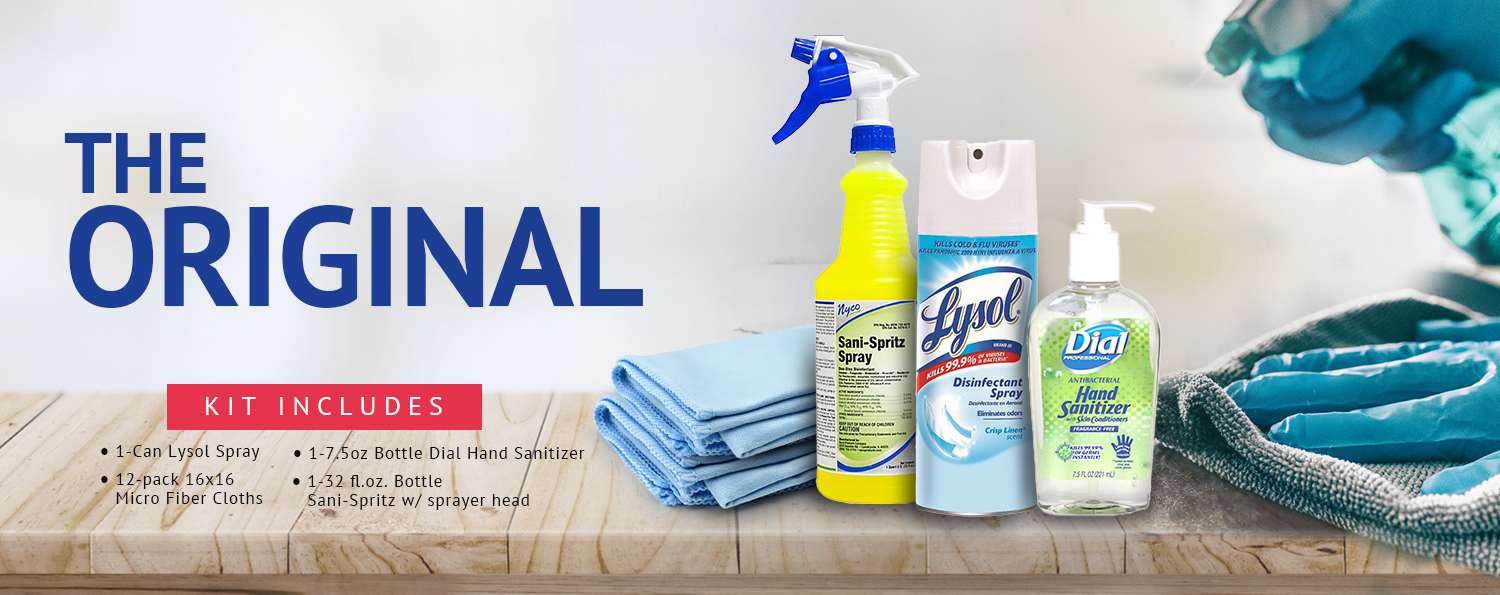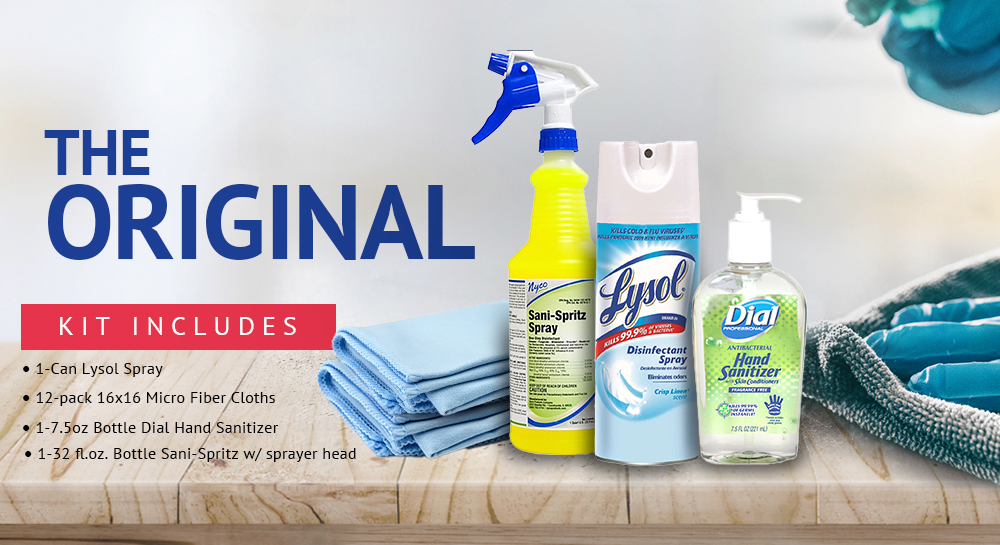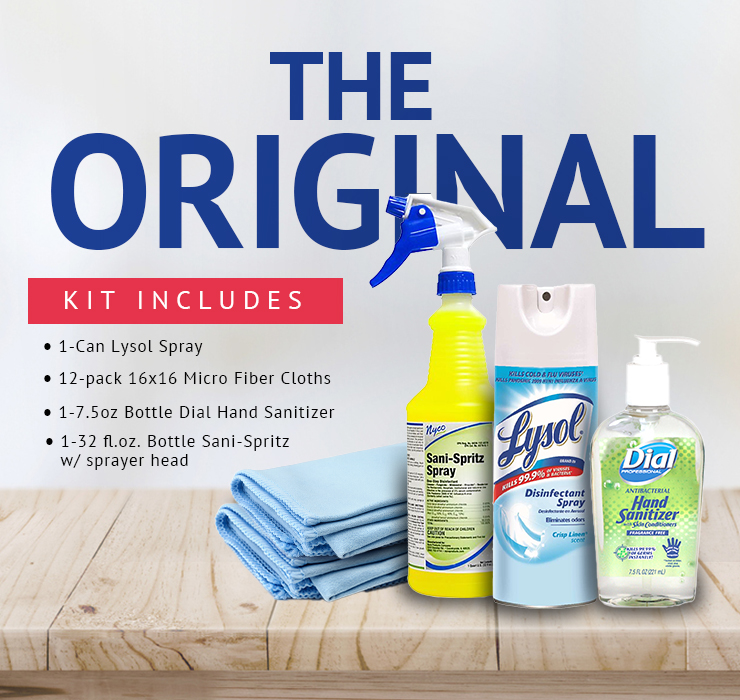How to Choose the Right Packaging Options
Understanding Material Characteristics and Uses for Better Packaging Decisions
Understanding the differences between chipboard, cardboard and corrugated cardboard is crucial for choosing the right material for your packaging application. While all three are made from paper, they differ significantly in structure, purpose and durability. AP&P guarantees your products are securely packaged and protected during transit.
What is Chipboard?
Chipboard (also called paperboard) is a thick, rigid material made from recycled paper fibers, pressed into a solid sheet without layers.
Key Characteristics
- Generally thinner than cardboard and corrugated cardboard.
- Lightweight, smooth and flexible.
- Not moisture-resistant or very durable.
Common Uses for Chipboard
Chipboard is often used for retail packaging, backing for notepads, book covers, product inserts, gift boxes and file folders.
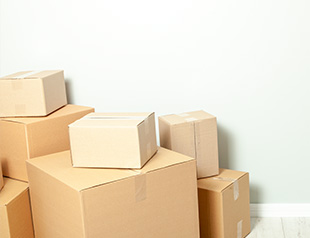
What is Cardboard?
Cardboard is a broad term often used interchangeably with paperboard. In packaging, it typically refers to thick, single or double-ply paperboard.
Key Characteristics
- Made from compressed layers of paper fibers.
- Thicker than chipboard, but more flexible than corrugated cardboard.
- Rigid, but not structurally strong enough for heavy loads.
Common Uses for Cardboard
Cardboard is commonly used for cereal boxes, greeting cards, cartons, lightweight packaging and retail displays.
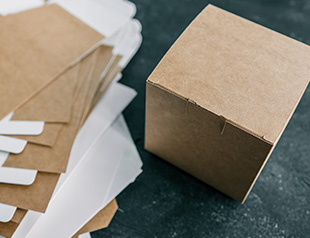
What is Corrugated Cardboard?
Corrugated cardboard (also called corrugated fiberboard) consists of a fluted inner layer sandwiched between two linerboards, offering strength and cushioning.
Key Characteristics
- Thicker and more durable than both chipboard and cardboard.
- Excellent impact resistance and structural integrity.
- Ideal for shipping and stacking.
Common Uses for Corrugated Cardboard
Corrugated cardboard is widely used for shipping boxes, e-commerce packaging, storage containers and protective packaging for fragile items.
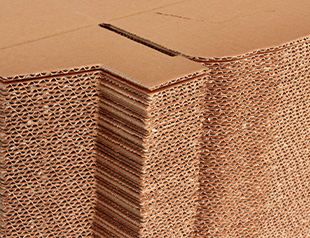
FAQs about Packaging Supplies
What is the difference between chipboard and cardboard? +-
Chipboard is a single-ply paperboard made from recycled paper fibers, typically thinner and more flexible. Cardboard is a broader term often used to describe thicker paperboard or corrugated material. Cardboard tends to be stronger and more rigid than chipboard, making it more suitable for structural or packaging applications.
Can Chipboard be used for shipping? +-
Chipboard is not ideal for shipping heavy or fragile items. It lacks the strength and cushioning of corrugated cardboard. However, chipboard can be used for lightweight product packaging or internal support inserts within a shipping container.
Is corrugated cardboard recyclable? +-
Yes, corrugated cardboard is fully recyclable. It can be collected with standard paper recycling and is often reused to make new paper products, including more corrugated material.
Is cardboard environmentally friendly? +-
Cardboard, especially corrugated types, is considered environmentally friendly when sourced from recycled content and disposed of properly. It is biodegradable, recyclable and often made from post-consumer materials, reducing waste and demand for virgin pulp.



